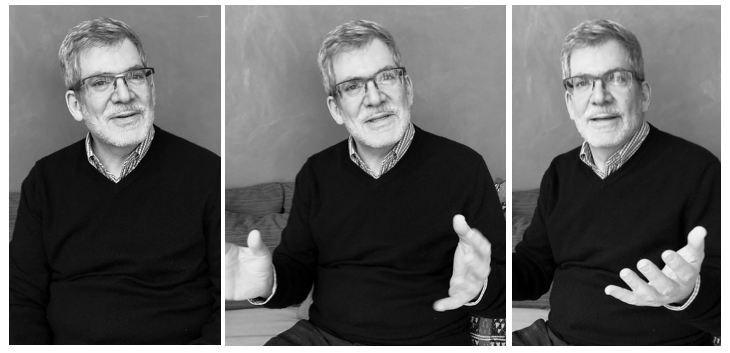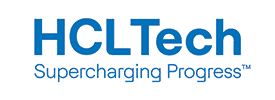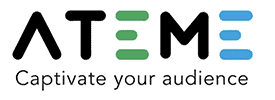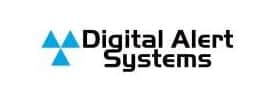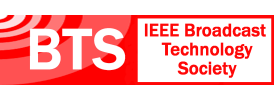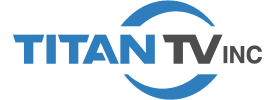- About
- Members
- Sponsors
- Subcommittees
- Technical Documents
- News
- Events
- Spotlight ATSC 3.0
- Contact Us
- Member Login
- Member Meetings
- Advanced Search
Search Site
Member Links
- About
- Members
- Sponsors
- Subcommittees
- Technical Documents
- News
- Events
- Spotlight ATSC 3.0
- Contact Us
- Member Login
- Member Meetings
- Advanced Search
CHAT ROOM: Onward and Upward!
Posted on February 1, 2018 in ATSC News
In the Chat Room this month, THE STANDARD sat down with Richard Friedel, Executive VP-General Manager for Fox Networks Engineering & Operations. We asked Friedel, ATSC Board Chairman since 2016, about his insights on where we’ve come from and where we’re headed at this critical juncture for ATSC and the broadcasting industry.
THE STANDARD: Richard, congratulations on your re-election as ATSC Board Chairman. Your thoughts on bringing the 3.0 standard over the finish line?
FRIEDEL: Let me begin by stating that it’s an amazing honor to be re-elected and to continue to work in cooperation with our talented board in leading this incredible organization. The release of the ATSC 3 suite of standards represents a monumental achievement by the hundreds of dedicated participants and member organizations that contributed to this effort. Everybody involved must be justly proud, and I applaud your hard work. The commitment and effort of those involved cannot be overstated.
THE STANDARD: With the release of ATSC 3.0, what’s next for the ATSC this year?
FRIEDEL: Onward and upward! The major Korean broadcasters have launched ATSC 3.0, and they’re on the air to broadcast the Winter Olympics this month. What a fantastic way to introduce a new over-the-air broadcasting service that’s optimized to deliver content to a wide range of both fixed and mobile receivers.
Here in the U.S, we continue to move ahead rapidly, too. The spectrum repack deadline may slow the introduction to some degree, but it’s also providing an opportunity, with most stations upgrading to 3.0-capable equipment as they rebuild their facilities. I see adoption occurring at an increasing rate as the repack is completed.
We’re also seeing growing interest in ATSC 3.0 around the world, and I expect other countries to express interest in 3.0 this year. ATSC will be there to answer their questions and to promote the capabilities provided by everyone’s hard work on the standard.
THE STANDARD: As you enter your third year as ATSC Board Chairman, what’s your longer-term vision for the organization?
FRIEDEL: Looking ahead, I think this is a critical time in the deployment/adoption phase of 3.0 and in supporting industry leaders as they bring Next Gen TV to life through real-world business activities. ATSC 3.0 gives broadcasters the technology they need to compete in the modern consumer-driven digital world.
The engineers have done their job. Now we need to encourage our businesses to embrace the capabilities enabled by ATSC 3.0 and begin launching broadcast stations. I’m pleased that a number of efforts are under way to do so – the Pearl TV model market in Phoenix, Sinclair’s SFN marketplace in Dallas, and the NAB-CTA test station in Cleveland. These all are very exciting developments, and I look forward to more in the near future.
What a great time for our industry. I’m extremely proud to be a part of ATSC’s efforts, helping to lead the way!
Posted in ATSC News
News Categories
News Archives
Subscribe
Subscribe to The Standard, our monthly newsletter. Learn More
Join ATSC
ATSC is a membership organization with both voting and observer categories. Voting members include corporations, nonprofit organizations, and government entities, and they participate actively in the work of ATSC. Observers are individuals or entities not eligible to be a voting member.
Subscribe to our Newsletter
Subscribe to The Standard, our monthly newsletter, to stay up-to-date with ATSC news and events around the world.
Site Links
Contact Us
ATSC
1300 I Street NW, Suite 400E
Washington, DC 20005 USA
Do you have questions about ATSC?
About ATSC
ATSC, the Broadcast Standards Association, is an international, non-profit organization developing voluntary standards and recommended practices for digital terrestrial broadcasting. Serving as an essential force in the broadcasting industry, ATSC guides the seamless integration of broadcast and telecom standards to drive the industry forward. Currently, the ATSC 3.0 Standard is providing the best possible solution for expanding the potential of the broadcast spectrum beyond its traditional application to meet changing needs. From conventional television to innovative digital data services, ATSC has one clear goal: to empower the broadcasting ecosystem like never before.
© 2025 ATSC

